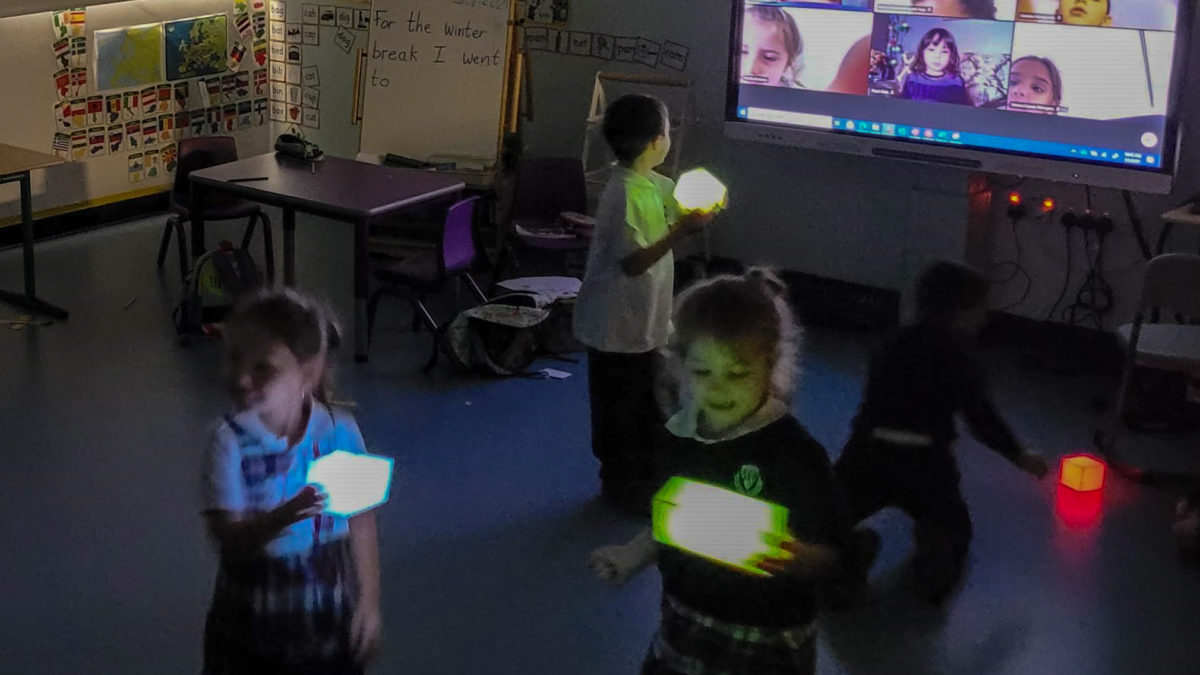Too often we give children answers to remember, rather than problems to solve. (Roger Lewin, 1974)
Why we have provocations.
When we first approach a new unit of inquiry, one thing that needs substantial planning is the provocation. The provocation is meant to ‘provoke’ or inspire inquiry, and create an experience that gets the students thinking and asking questions. It is a hook, that grabs hold of the student’s attention and helps them to think differently. Provocations are there to connect our 3D curriculum; knowledge, skills and concepts, and develop student questions about the new unit of inquiry. Teachers use the provocation as a way to assess prior knowledge, and give students a small ‘trailer’ of some of the learning to come. It is also a way to identify any misconceptions that will need to be addressed in later learning.
So what does a provocation look like?
As you can imagine, the provocation needs to be something new, and needs careful planning and consideration. Teachers ask themselves what experience the students could have that supports not only the new unit of inquiry, but is appropriate to the age of the students. To do this, during our collaborative planning sessions, the grade level teachers, along with the coordinator, ask themselves if the provocation is going to;
- spark inquiry?
- generate questions?
- leave a lasting impression?
- support the construction of new knowledge, skills and conceptual awareness?
- be meaningful, interesting, exciting?
Below are some examples of provocations that students at SEK-Qatar have experiences during hybrid learning.
Preschool 5 – How the world works
Central Idea: Scientists study the properties of light to use in daily life

Our Pre5 students arrived to the classroom with the doors closed. I watched on as the students stood outside for a while, and then hesitantly knocked on the door, asking if the teacher was in there. Inside the classroom was completely black. The windows had been covered up with card, and there was no light coming in apart from the crack in the door. Once inside, students were given the opportunity to explore different sources of light that were around them; torches, light cubes, all had different brightness and some had different colours. The students were excitedly whispering to each other about what they could and couldn’t see, and were seeing if they could make our the details of the classroom. The students asked questions about where light comes from, how our eyes work in the dark, and why we need light to see and do things.
Grade 2 – How we organize ourselves
Central Idea: The organisation and operation of marketplaces is determined by the communities in which they are located
Our Grade 2 students had a different experience to the Pre5s. There provocation happened in the corridors, to enable more social distance and safety. One morning, the G2 students, while walking through the corridors on their way to class were met with stalls set up, tills ready, and stock on shelves. A mini market place. After some small instructions from the teachers, the students were able to take on the role of the vendors or the customers. (Usually, students would have more of a free reign over what choices they made, but with our current protocols we had to plan with safety in mind) Immediately there was a buzz. What am I selling? How much will this be? Do I need more of this? Can I sell this to you because I need more of this….. They had taken on their roles with vigor, and soon posters were made advertising what they were selling. While the stores were getting set up, these customers had made their own money, written shopping lists and thought about how much they wanted to spend. Then the customers were able to, with physical distance in mind, ‘visit’ these other stores to see what they needed. This role-play enabled students to think about the role of marketplaces in Qatar and in the local communities, think about what markets used to look like and inquire into markets of the future.
Grade 3 – How the world works
Humans manipulate materials to meet their needs
In G3, students were given a task, create the tallest tower using only the materials available to you. Students at school were supplied with 4 sets of materials that they could choose from. Students at home had been told which resources they needed to have available ready for the activity. This synchronous task happened at school and at home, and the competition was fierce. Student used their scientific thinking to predict which materials would be best for them to create the tallest tower, and during the activity you could hear them speak with their friends about making the right or wrong choice. Students used their prior knowledge of structures and materials to create their towers, and reflected on both the process, and the materials used, sparking questions about the use of appropriate materials for the task and how these materials can be manipulated.
Grade 4 – How the world works
Space exploration leads to new discoveries and understandings
For this provocation, since due to our current circumstances we could not visit a planetarium, the planetarium was brought to them. The grade level teachers transformed the auditorium into a planetarium using a variety of projectors and speakers to give the students an immersive experience. Students were shown videos of outer space, the solor system, and exposed to the gentle hum of space. The students were in awe as they were taken on a journey into outer space, and many made comparisons to the journey to mars that humans are currently planning.
Students are always excited when met with new leaning, and talk about these experiences for months after they have happened. When you receive the newsletter advertising you children’s new unit of inquiry, please make sure you ask them about their provocation, and what questions they had that they want to answer.
